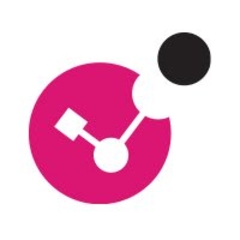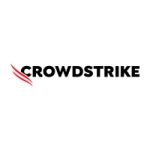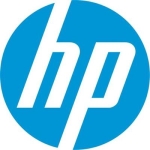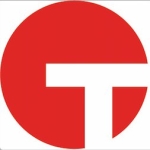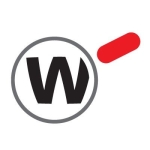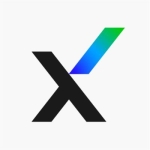The main use case for
Check Point Harmony Endpoint is to protect my device from virus, malware, and online threats. I use it mostly for keeping my computer secure while browsing and working.
One time I was downloading a file that had malware hidden inside, so Check Point Harmony Endpoint detected and blocked the threat before it could harm my device and kept my data safe.
The best feature of Check Point Harmony Endpoint is threat prevention, providing comprehensive protection against ransomware, phishing, and malware through advanced EDR,
XDR capability. Additionally, the second standout feature is the unified management console, which offers a single interface for managing policy and alerts across the workplace, simplifying the security operation.
The unified management console has significantly streamlined our security operation by consolidating policy management, threat monitoring, and incident response into a single interface. We have reduced the complexity of managing multiple security tools, and this integration has led to fast detection and remediation of threats, allowing our IT team to respond more effectively and maintaining a consistent security posture across all endpoints.
Since implementing Check Point Harmony Endpoint, our organization has experienced significant improvement in cyber security. The solution's centralized management has streamlined our security operation, allowing our IT team to efficiently monitor and respond to the threats across all endpoints.
After using Check Point Harmony Endpoint, we saw a 40% reduction in security incidents, especially phishing and malware attacks. Also, the response times to threats improved by around 30%, thanks to the faster alerts and automation.
There are areas where Check Point Harmony Endpoint could improve to enhance our experience, such as performance optimization. Some users have reported high resource consumption, leading to performance issues on devices with limited hardware capability. Simplifying policy management is another area, as the current policy management system can be complex, and simplifying it could make configuration more intuitive. Better integration with third-party applications and tools could also streamline workflow and reduce capability challenges.
I have been using Check Point Harmony Endpoint for the last one year.
They provide a positive experience. Some users have reported prompt and helpful support, particularly during critical incidents.
The setup was manageable and the license options offer flexibility to scale as needed.
We have seen a clear return on investment since deploying Check Point Harmony Endpoint. We have reduced security incidents by 35%, which saves us time and money on incident response, allowing our IT team to focus more on strategic tasks instead of constant firefighting.
The pricing and the license for Check Point Harmony Endpoint are reasonable and competitive.
My advice is to take advantage of the unified management console to simplify security operations, whether it is on-prem, cloud, or hybrid, for best performance. Also, keeping your software up to date regularly helps benefit from the latest protection features.
On a scale of one to ten, I rate Check Point Harmony Endpoint a nine out of ten.

